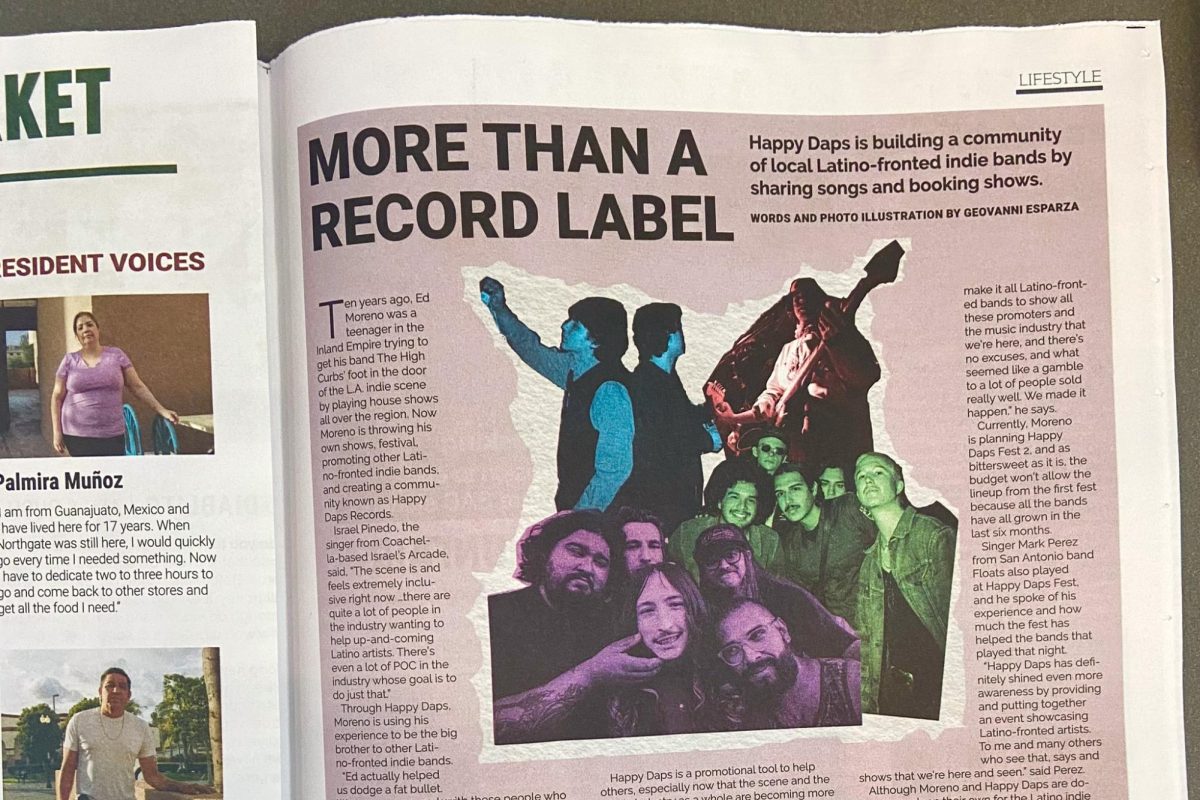In early March 2024, the Observer staff attended many different panels about the presence of Spanish in school newspapers at the ACP Spring National College Media Conference in La Jolla, San Diego, California.
“Should Spanish Language Media be Open to Spanglish? The Bilingual Dilemma” was the name of the first session designed for Spanish journalism. From there, the issue arose of truly how important and necessary the implementation of bilingual writing is in media in the United States.
But, for some journalists, implementing Spanish in their writing is not so easy.
Although the United States is an English-speaking country, it is also a multicultural country. Spanish is one of the most spoken languages and at the same time a very diverse one with many differences in dialects. Spanish from countries like Honduras, Colombia, and Mexico, among others, make journalists think: what is the appropriate Spanish to implement in writing?
The bilingual dilemma in journalism lies in whether the audience understands the type of Spanish that is being used.
The problem with writing with “standard” Spanish is that new generations born in the United States to Latino parents may not understand certain words. This may be due to them growing up speaking bilingual Spanish or “Spanglish” or not being used to hearing the terms.
What are the possible solutions? How can the greatest audience be reached?
Journalist Adriana Hernandez led this panel and offered tips for structuring writing in Spanish in a country where English is more prevalent, even in Spanish-speaking families.
These tips include identifying the news that should be written in “standard” Spanish, understanding the audience and the type of Spanish they use, and knowing when it is appropriate to write in community lingo.
What is standard Spanish? Standard Spanish is where the same words that are read in Mexico will be understood in Argentina, and therefore in most different Spanish-speaking countries. This is why distinguishing which audience you are writing to is of great importance.
If all journalistic content is published only in English, then the Spanish-speaking working class has less access to news and information. The United States is a country where many Latinos live and therefore, the content that is made in Spanish is relevant.
Journalism is about serving the people and understanding the community without being afraid to serve the public. To write in Spanish in a country where the dominant language is English can be challenging, but this career is about taking risks; there is no need to be afraid when publishing news in Spanish.
Some tips for writing in Spanish:
Your audience comes first.
Consider the type of audience you want to reach and their location (this will help identify your writing style)
Have general knowledge of what your audience wants to read or listen to.
Understand the language your audience uses.
Spanish-speaking journalists in this country are now essential workers and taking advantage of bilingualism in this career creates a powerful voice.













